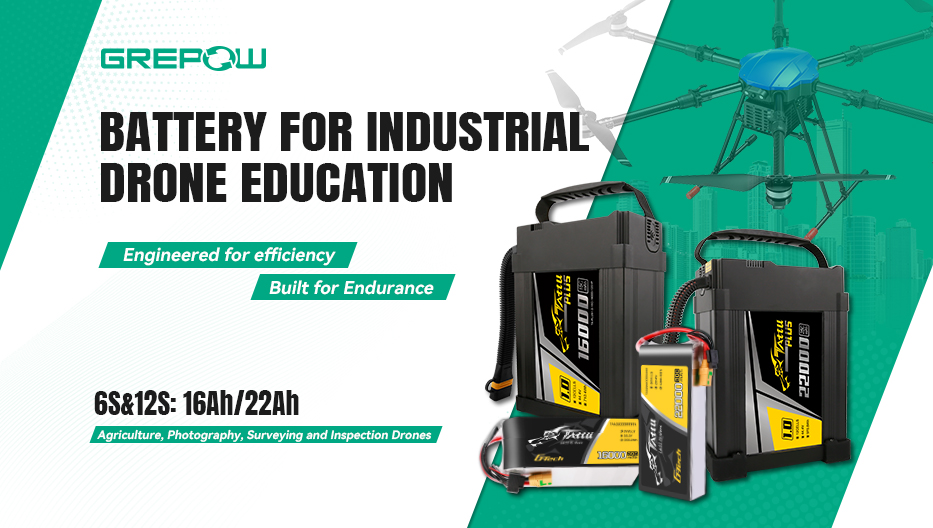Using Spray Drones to Fight COVID-19
COVID-19, otherwise known as the Coronavirus or 2019-nCov, has rapidly expanded around the globe, and health officials and researchers are working hard to understand and prevent the pandemic from spreading further. In order to slow the spread of the infection, many countries have taken tough containment measures, such as instilling stay-at-home or shelter-in-place orders. Some have even used UAVs to combat the pandemic: Spain, for instance, was the first European country to implement an agricultural drone to spray disinfectant in large, public areas. More recently, French company Flying Eye also used a DJI drone to do the same especially in urban spaces. In this article, we will cover what operating personnel should pay attention to when they disinfect public areas around them.

Image: REUTERS/Jose Luis Saavedra
For operating personnel
WHO (World Health Organization) says that COVID-19 can spread from people who already have the virus, and it “spreads primarily from person to person through small droplets from the nose or mouth, which are expelled when a person with COVID-19 coughs, sneezes, or speaks.” To minimize contact with others, personnel should keep at least 1 meter, or 3 feet, from each other. While disinfecting, avoid smoking, eating, or drinking of any kind. Personnel should protect themselves by wearing disposable clothing, such as caps and gloves. Overalls, protective goggles, work shoes, rubber or waterproof boots are recommended as well. Personnel should wear masks while on duty. WHO also says that wearing a mask “can limit the spread of certain respiratory viral diseases, including COVID-19.” If the mask is deformed, wet or dirty in any way, it should be replaced with another one.
The Flight Area
Permission from local governmental departments should be obtained in advance so as not to violate the regulations in place. Since disinfectants have a certain corrosiveness, clear the space that will be disinfected and move all people and animals to avoid accidents. Food and clothing that is not being worn should be put away in advance as well. To minimize repeated spraying and leakage, plan out the flight area and path in advance. During the flight, the pilot should always pay attention to any obstacles, keep the flight interval with obstacles at all times, and ensure the safety of flight equipment and property.
Maintenance
After spraying, it is necessary to clean the aircraft and the spraying system because the residual disinfectant can corrode the aircraft, metal structure, water pumps, sprinkler heads, and pipelines, which will affect the service life. Moreover, if the water pump or sprinkler head is blocked, the spray flow will not work quite as efficiently the next time it is used. About the maintenance of drone batteries, ensure that the voltage difference is less than 0.2V, and charge the battery with a small current to balance the voltage difference. Do not discharge the battery if the voltage is abnormal. The battery should maintain about 3.85V when put into storage, and keep a regular charge-discharge maintenance every month or at least every three months.
Works Cited
“Q&A on coronaviruses (COVID-19).” World Health Organization. 17 April 2020, https://www.who.int/news-room/q-a-detail/q-a-coronaviruses
“Q&A on COVID-19 and masks.” World Health Organization. 26 April 2020, https://www.who.int/news-room/q-a-detail/q-a-on-covid-19-and-masks
Explore our blog for more helpful battery information and tips.
Related Articles
-

The World's First Humanoid Robot Participation in Half Marathon
2025-04-16 -

Empowering Drone Training with Grepow’s Tailored Battery Solutions
2025-04-15 -

Join Grepow at the 2025 Global Sources Hong Kong Show
2025-04-08
Related products
-

Tattu 23000mAh 6S 22.8V 25C LiHv Pouch Cell UAV Battery
-

Tattu Plus 6S 10000mAh 22.2V 25C Lipo Smart Drone Battery
-

Tattu Plus 1.0 Compact 12S 16000mAh 44.4V 15C Lipo Smart Drone Battery


















































